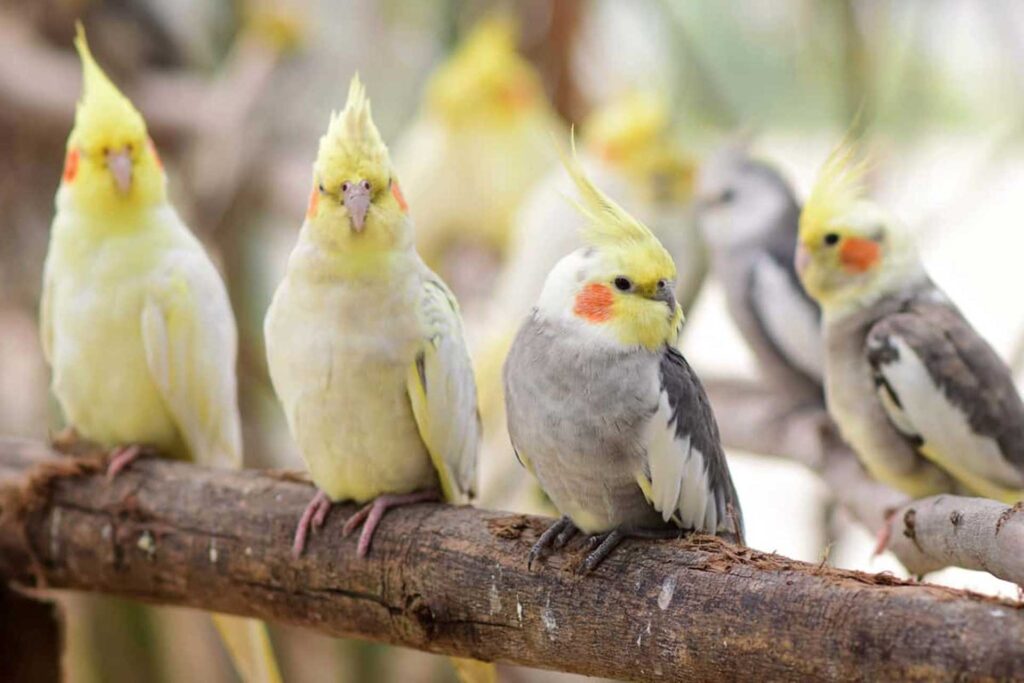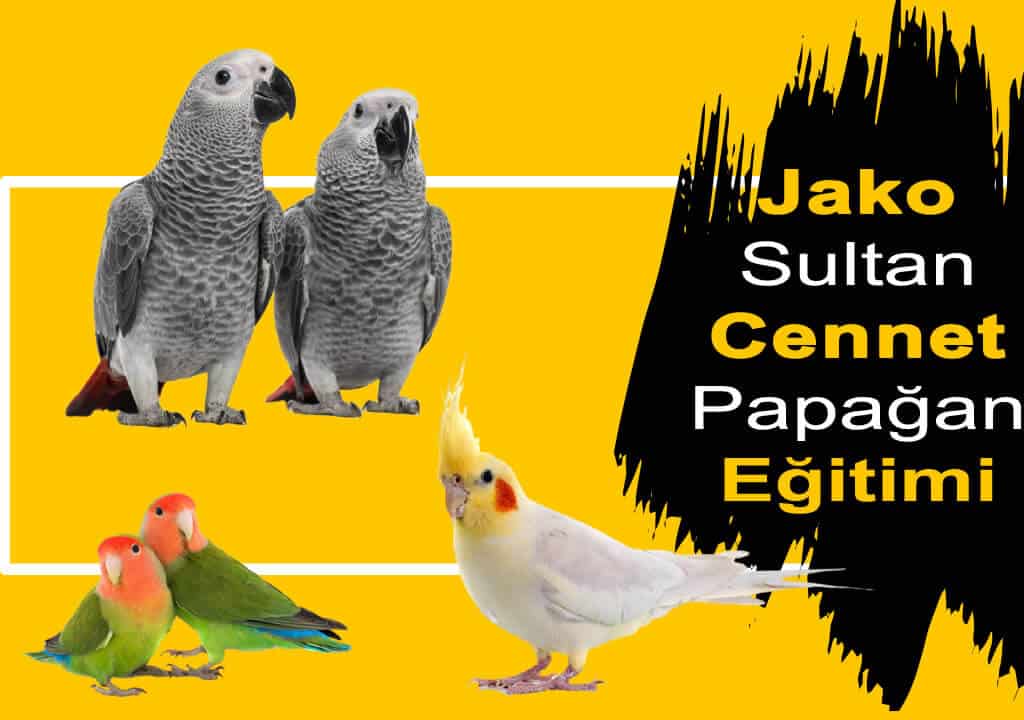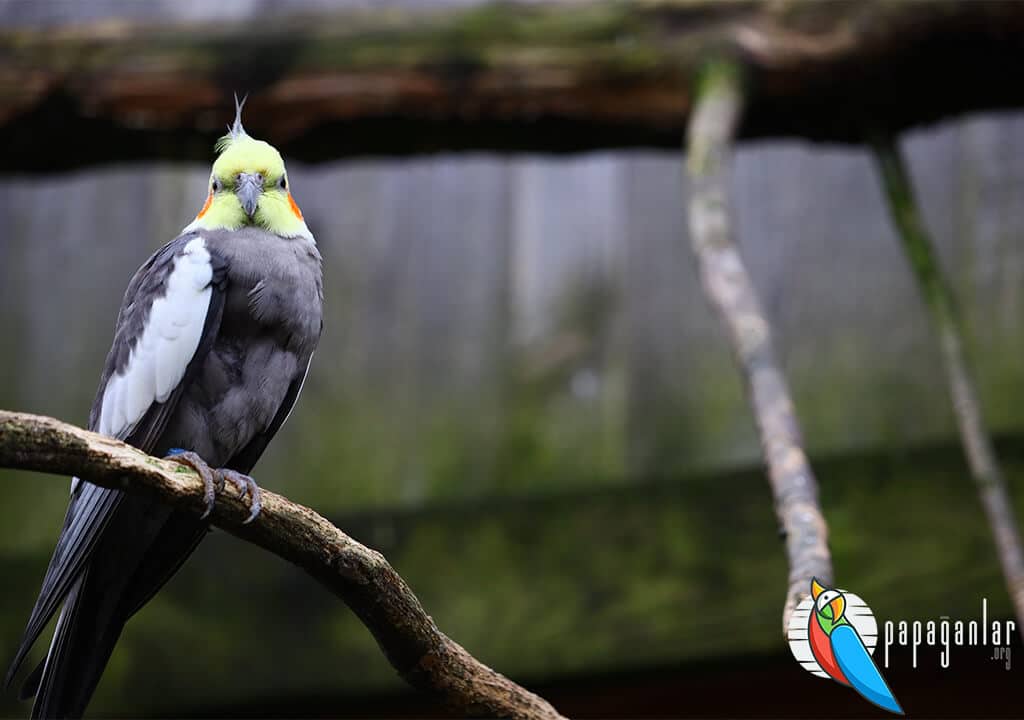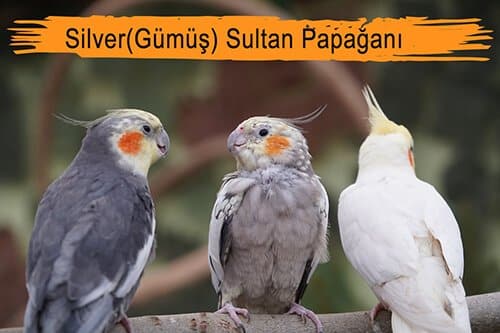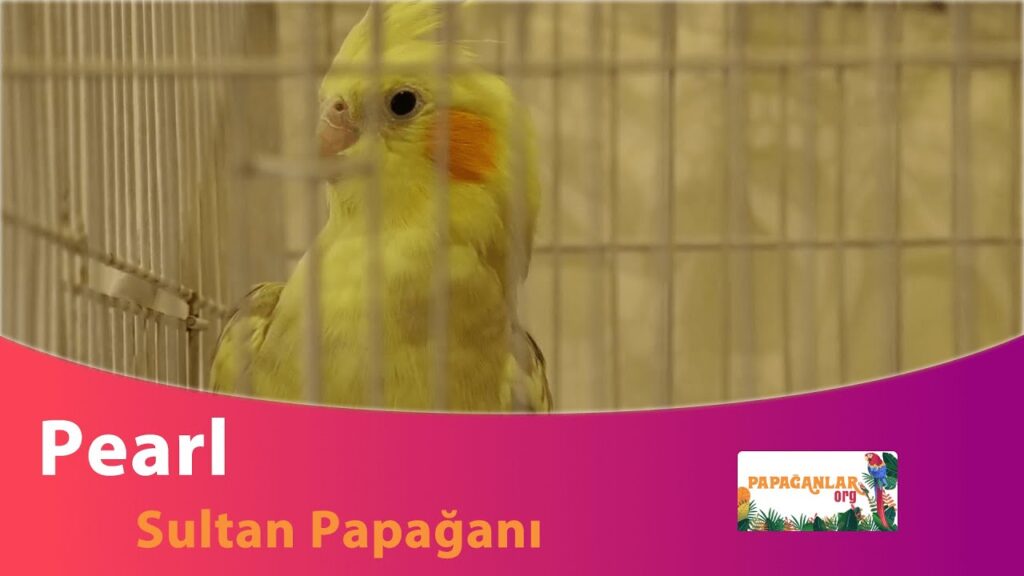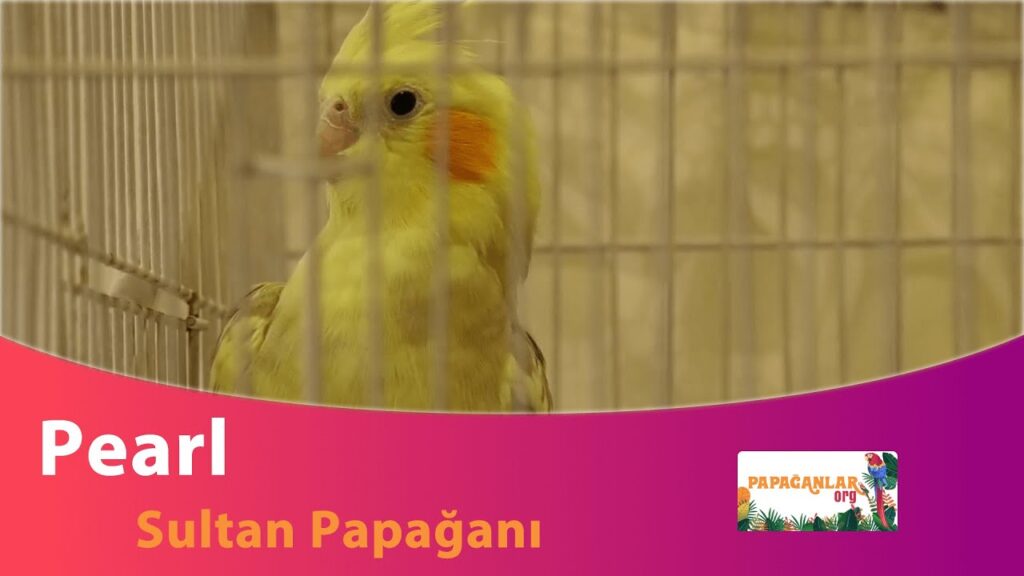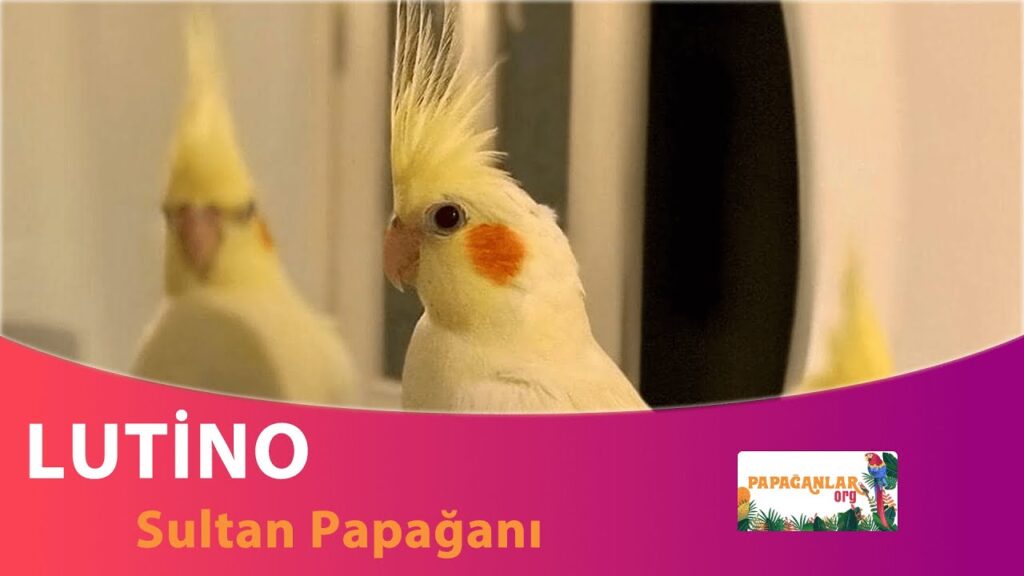Blog
Cockatiel Gender Discrimination
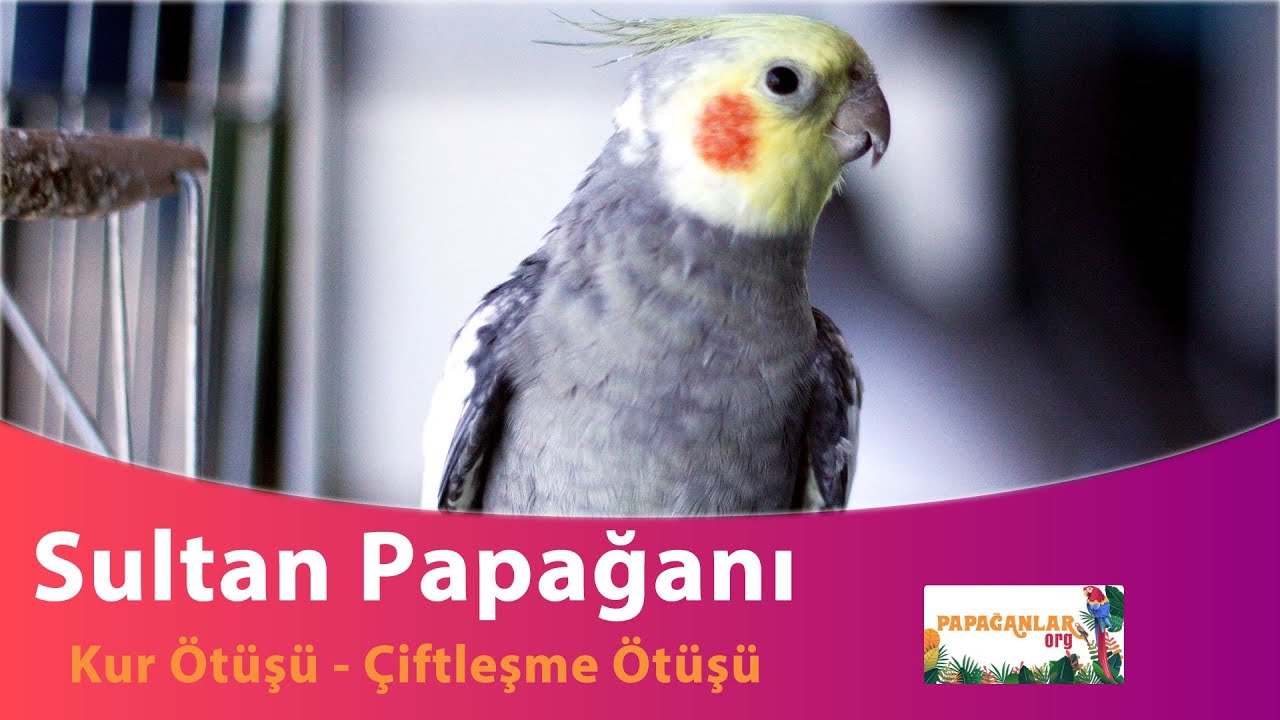
The biggest and most sensibly perceptible gender difference can be understood from their crowing. Because the male can make different, low and high sounds in order to persuade the female to mate (to tease) and sometimes he can sing in strings. This is why single-fed cockatiels have the problem of plucking, as well as aggressive loud calls. Though, such crowings in the flock are also in their daily plans. Females are quieter. They are not too loud, except for occasional light chirping.
In fact, it is possible to distinguish male and female from their colors, rather in their natural color (ie non-hybrids). In these, the clarity and beauty of the colors are much more evident.
In conclusion, we should state again that instead of the concept of male or female, it should definitely be the concept of feeding as a couple. They will be domesticated without problems when pair fed. Behavioral disorders such as plucking and excessively aggressive yelling, which are formed by a single feeding, will not be experienced.
It is possible to determine their gender when they are about 9 months old. Males begin their estrous behavior at around 6 months of age. starts in the month. It wanders by landing from branch to branch and singing in different tones with its slightly drooping wings. On the ground, it navigates by making light jump-like movements. If he comes across a female in the meantime, you will see him trying to impress her by singing right next to her ear.
In feathers, the healthiest gender can be understood after the first feather change at 6 – 9 months of age. But this is only possible in colors that are not more hybridized. The defining colors here are the transverse stripes under the tail and the longest tail feathers. These lines do not occur in males, but in females.
Males have a wider head when viewed from above, while females have a more rounded head shape.
Natural colors are the most easily identifiable. In males, the head color is yellow and there is a strong red spot on the cheek. In the female, the head color is gray and there is a pale red spot on the cheek.
White head: Just like its name, it is the white one and there is no spot on the cheek. Here, too, the head color of the female is gray. There are no spots on the cheek.
In all other colors, gender discrimination will be made either by DNAtest or by looking at attitudes and behaviors. In spotted ones, females lose their spots after the first molt. In males, the spots on the feathers remain.
Frequently Asked Questions About Cockatiel Parrots
Related Posts
Cockatiel Parrot Prices 2023
-
Posted by
cicikus
- 0 comments
How to do Cockatiel & Lovebird and African Grey Parrot Training?
-
Posted by
Afacan
- 0 comments
Parrot Prices cockatiel
-
Posted by
Afacan
- 0 comments
Cockatiel Parrot Prices
-
Posted by
Macaw Ara
- 0 comments
Cockatiel Price
-
Posted by
cicikus
- 0 comments
Silver Cockatiel
-
Posted by
cicikus
- 0 comments
Pied Cockatiel
-
Posted by
cicikus
- 0 comments
Cute Pearl Cockatiel
-
Posted by
Afacan
- 0 comments
Pearl Cockatiel
-
Posted by
Afacan
- 0 comments
gray cockatiel
-
Posted by
cicikus
- 0 comments
Cute Lutino Cockatiel
-
Posted by
cicikus
- 0 comments
Lutino Cockatiel
-
Posted by
cicikus
- 0 comments




